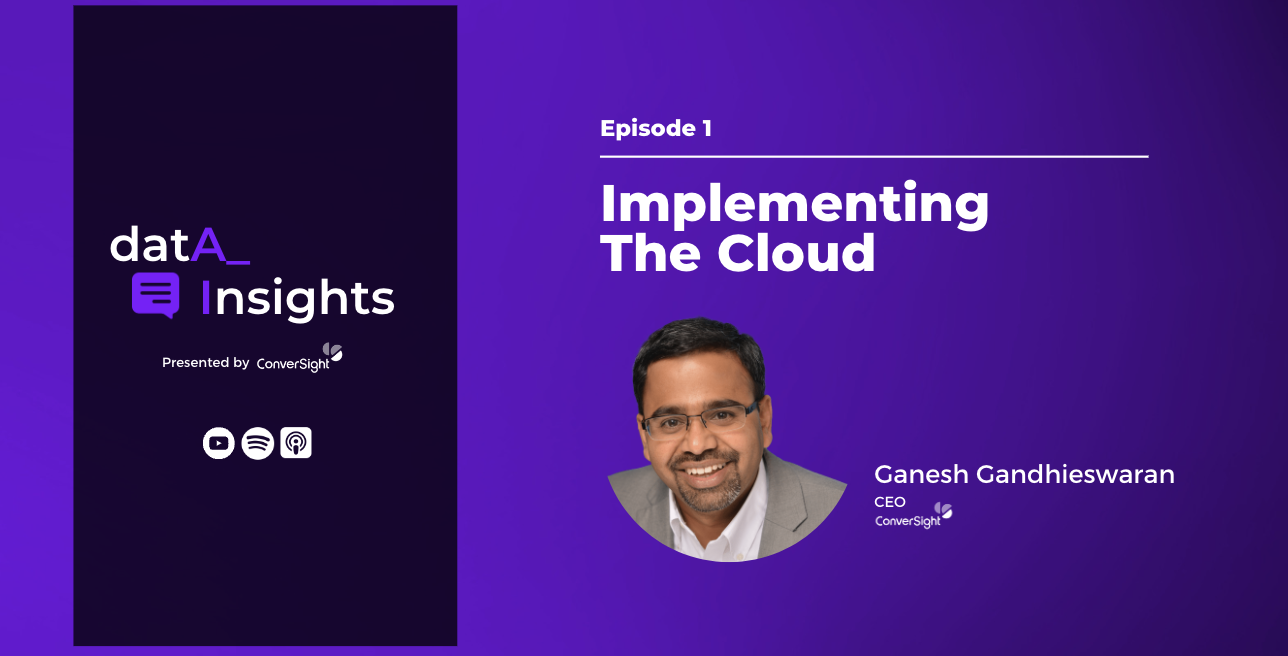
Businesses collect mass amounts of data from different data sources, with different data storing mechanisms, processes, and teams to manage. According to recent research, 80% of all new data is unstructured, meaning that it is not easily captured or made quantifiable. These survey results suggest that business leaders are creating data and analytics plans for the long run. How are they capturing all this data and using it effectively?
Let augmented analytics do the work for your data
When removing the need for manual data entry, AI-powered data capture enables enterprises to mine more data sources while freeing up employees for revenue-driving tasks. In return this reduces the risk of manual errors. Augmented Analytics is the process by which you can add AI and machine learning to your databases to gather insights and other key information. This revolutionizes the way people interact with their data. Adding different data streams to your arsenal can diversify business analytics, as well as give you the widest view possible into your organization. Through centralizing various data streams into a single view, business leaders are empowered with a holistic view of the business. A holistic approach results in better decisions and savings in time and resources.
More importantly, these methods of capturing data can “democratize” data for the entire organization. Data will no longer be gatekept by Business Intelligence or any one area of the organization. The goal is to use this data to empower employees to make better business decisions for the entire organization.
Collecting the right data
Part of this process is gathering the correct data, and making sure you are answering the right questions. Build out segmentation in data collection, and accurately track where data sources are collected from. Another key part of this equation is having the correct amount of computing power to accelerate data collection methods.
Where to begin with your data
An easy way to set yourself up for success is to ensure data sets are collecting the right data before you start. Asking questions is key:
What kinds of questions am I looking to answer with this data?
What data am I able to collect with my computing power?
What business decisions can I make with the data I am collecting?
Once you have a baseline set, collecting data and segmenting it for future decision making can follow a basic outline and become easier.
Collecting data properly, segmenting it, and asking tough business questions will allow you to take proper action with your data in the future steps of implementing AI into your business. To learn how your business can better organize and manage data for better business decisions, request a demo to see how ConverSight can assist your data needs.


